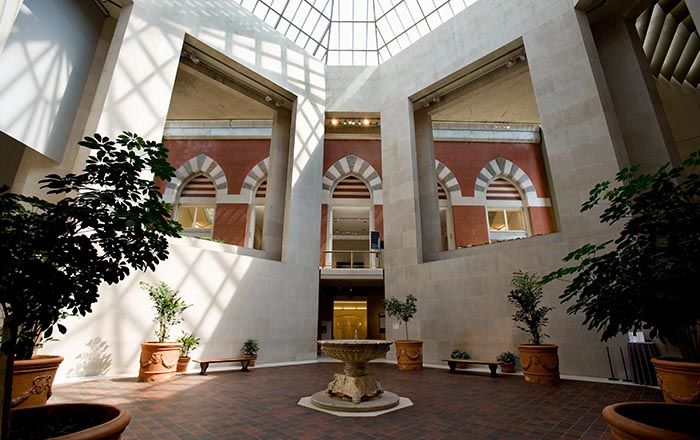Warrior on Horseback
Attributed to Desiderio da Firenze Italian
Not on view
During the Renaissance, monumental bronze equestrian statues from Roman antiquity were highly admired for their technical virtuosity and as celebrations of triumphant ancient heroes. Several equestrian statues were created in emulation of Roman prototypes to honor contemporary rulers and military leaders. The small-scale warrior on horseback was a popular variation on the colossal equestrian statue.
Although the rider is now bolted to the horse, this horse and rider may not have been designed with this pairing in mind, as the rider appears rather small in comparison to the horse. A hole through the right hand of the rider suggests that he may once have held a whip.
Due to rights restrictions, this image cannot be enlarged, viewed at full screen, or downloaded.


